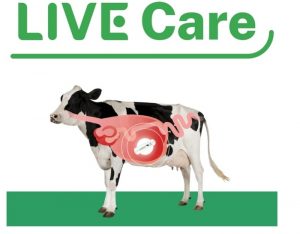Advances in virtual reality technology have enabled veterinary professors to teach animal anatomy as a complement to traditional teaching methods, such as cadaver-based dissection and 2D textbook illustrations.
The Virginia-Maryland College of Veterinary Medicine is using virtual reality technology to help students make a better connection between what they are learning in their anatomy classes to their physical exams. Veterinarians collaborated with faculty and students in Virginia Tech’s Department of Biomedical Sciences and Pathobiology and School of Visual Arts.
The up-close VR experience, created by Thomas Tucker, an associate professor in Virginia Tech’s School of Visual Arts and fellow with the Institute for Creativity, Arts, and Technology, shows the organs inside the skeletal system of a mid-sized dog. By moving and clicking a button, veterinary students can see layers of tissue, zoom in on certain organs, and step into parts of a virtual dog’s body.
Tucker was first approached by Michael Nappier, DVM, DABVP, and an assistant professor of community practice in the veterinary college’s Department of Small Animal Clinical Sciences. Nappier teaches clinical skills education and a physical exam lab for first-year students.
Previously, veterinary students “received all their anatomy instruction well before learning the physical exam,” says Nappier. A curriculum change designed to make learning anatomy more relevant for veterinary students was made so that anatomy was taught concurrently with the physical examination. The change made sense, but Nappier watched as students struggled to get a mental picture of the animal.
Lire la suite: todaysveterinarypractice.com







